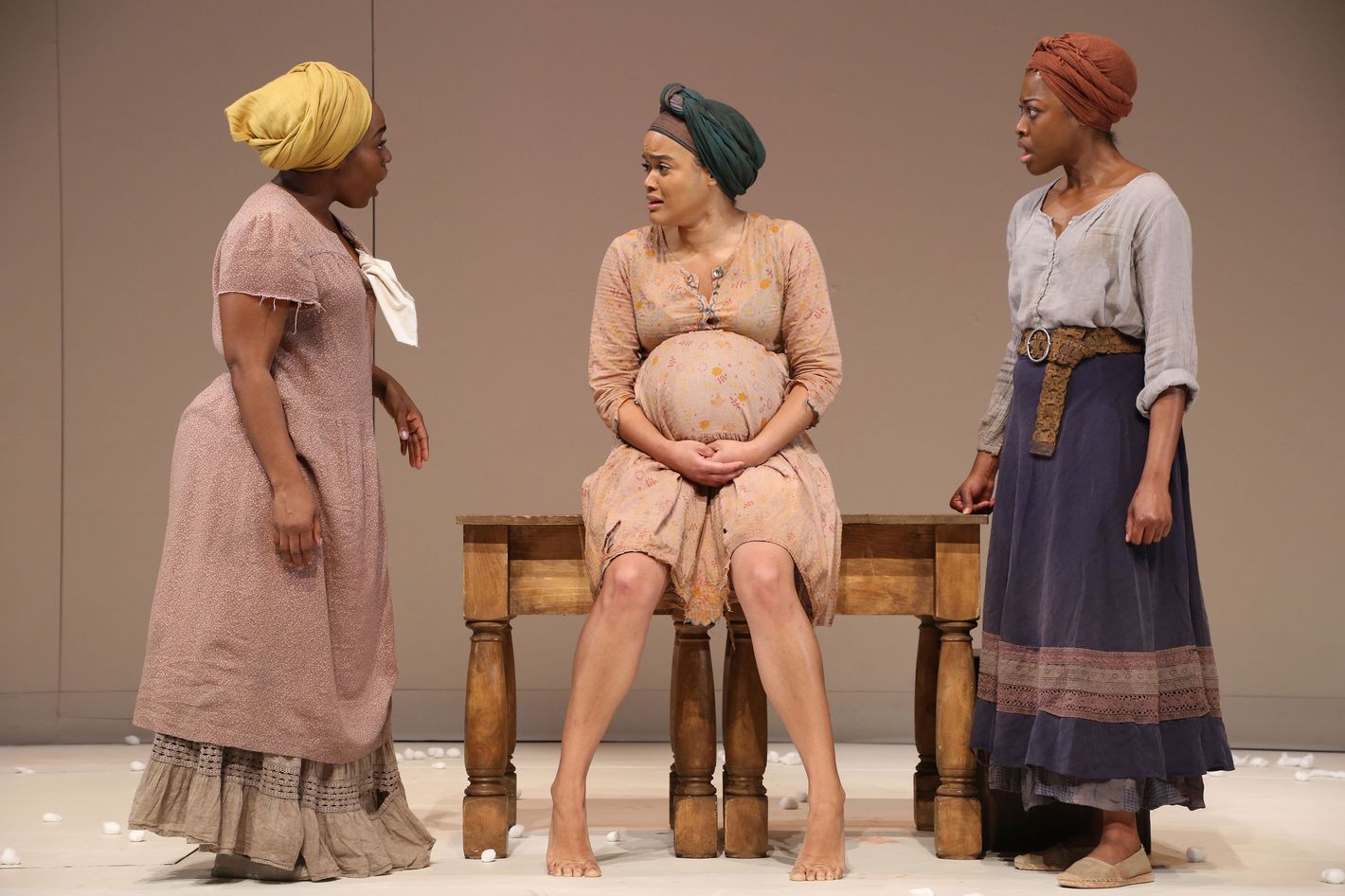
Download The Octoroon Study Guide. Subscribe Now Salem Scudder, a northerner who has been serving as the plantation's overseer, bears some responsibility for the poor state of affairs at. An Octoroon is a radical, incendiary and subversively funny riff on Dion Boucicault’s once-popular 1859 mustache-twirling melodrama set on a Louisiana plantation. Branden Jacobs-Jenkins’ An Octoroon is a whirlwind of images and dialogue that leaves no one out of the conversation and makes no apologies for asking the hard questions. AN OCTOROON Time Out New York Despite the moments of palpable fear and disquiet, the audience leaves feeling somehow healthier, as though the theater has given us a violent shake and a pep talka tremendously exciting production, moving and chilling and surprising at once.
In the slave societies of the Americas, a quadroon or quarteron was a person with one quarter African and three quarters European ancestry (or in Australia, one quarter aboriginal ancestry).
Similar classifications were octoroon for one-eighth black (Latin root octo-, means 'eight') and hexadecaroon for one-sixteenth black.
Governments of the time sometimes incorporated the terms in law, defining rights and restrictions. The use of such terminology is a characteristic of hypodescent, which is the practice within a society of assigning children of mixed unions to the ethnic group which the dominant group perceives as being subordinate.[1] The racial designations refer specifically to the number of full-blooded African ancestors or equivalent, emphasizing the quantitative least, with quadroon signifying that a person has one-quarter black ancestry.
Etymology[edit]
The word quadroon was borrowed from the French quarteron and the Spanish cuarterón, both of which have their root in the Latin quartus, meaning 'a quarter'.
Similarly the Spanish cognatecuarterón is used to describe cuarterón de mulato or morisco (someone whose racial origin is three-quarters white and one-quarter black) and cuarterón de mestizo or castizo, (someone whose racial origin is three-quarters white and one-quarter Indian), especially in Caribbean South America.[2]

Racial classifications[edit]
Quadroon was used to designate a person of one-quarter African/Aboriginal ancestry, that is equivalent to one biracial parent (African/Aboriginal and Caucasian) and one white or European parent; in other words, the equivalent of one African/Aboriginal grandparent and three White or European grandparents.[3] In Latin America, which had a variety of terms for racial groups, some terms for quadroons were morisco or chino, see casta.
The term mulatto was used to designate a person who was biracial, with one fully black parent and one fully white parent, or a person whose parents are both mulatto.[3] In some cases, it was used as a general term, for instance on US census classifications, to refer to all persons of mixed race, without regard for proportion of ancestries.
The term octoroon referred to a person with one-eighth African/Aboriginal ancestry;[4] that is, someone with family heritage equivalent to one biracial grandparent; in other words, one African great-grandparent and seven European great-grandparents. An example was Russian poet Alexander Pushkin. As with the use of quadroon, this word was applied to a limited extent in Australia for those of one-eighth Aboriginal ancestry, as the government implemented assimilation policies on the Stolen generation.
Terceron was a term synonymous with octoroon, derived from being three generations of descent from an African ancestor (great-grandparent).[5] The term mustee was also used to refer to a person with one-eighth African ancestry.
The term sacatra was used to refer to one who was seven-eighths black or African and one-eighth white or European (i.e. an individual with one black and one griffe parent, or one white great-grandparent).[6]
The term mustefino refers to a person with one-sixteenth African ancestry.[3] The terms quintroon or hexadecaroon were also used.

In the French Antilles, the following terms were used[7][8][9] during the 18th century:
| Black ancestry | Saint-Domingue | Guadeloupe/Martinique |
| 7/8 | Sacatra | - |
| 3/4 | Griffe | Capre |
| 5/8 | Marabou | - |
| 1/2 | Mulâtre | Mulâtre |
| 1/4 | Quarteron | Métis |
| 1/8 | Métis | Quarteron |
| 1/16 | Mamelouk | Mamelouk |
| 1/32 | Quarteronné | - |
| 1/64 | Sang-mêlé | - |
In Latin America, the terms griffe or sambo were sometimes used for an individual of three-quarters black parentage, i.e. the child of a mulatto parent and a fully black parent.[3]

Depiction in media[edit]
An Octoroon Tickets
In the pre-war period, mixed-race slaves with predominantly white features were depicted in photos and other media to show whites that some slaves were visually indistinguishable from themselves, thus preventing them from seeing slaves as an ethnic 'other' in order to further the abolition movement.
See also[edit]
An Octoroon Quotes
- Discrimination based on skin color a.k.a. Colorism
References[edit]
An Octoroon Ebook
- ^Kottak, Conrad Phillip. 'Chapter 11: Ethnicity and Race,' Mirror for Humanity a Concise Introduction to Cultural Anthropology. New York, NY: McGraw-Hill, 2009. 238. Print.
- ^'Definition'. dle.rae.es.
- ^ abcdCarter G. Woodson and Charles H. Wesley, The Story of the Negro Retold, (Wildside Press, LLC, 2008), p. 44: 'The mulatto was the offspring of a white and a black person; the sambo of a mulatto and a black. From the mulatto and a white came the quadroon and from the quadroon and a white the mustee. The child of a mustee and a white person was called the mustefino.'
- ^Princeton University WordNet Search: octoroon
- ^Chisholm, Hugh, ed. (1911). 'Octoroon' . Encyclopædia Britannica. 19 (11th ed.). Cambridge University Press. pp. 993–994.
- ^'Quadroons, Octoroons, Sacatra, and Griffe'.
- ^Frédéric Regent, Esclavage, métissage et liberté, Grasset, 2004, p.14
- ^Gérard Etienne, François Soeler, La femme noire dans le discours littéraire haïtien: éléments d'anthroposémiologie, Balzac-Le Griot, 1998, p.27
- ^Regent Frédéric, « Structures familiales et stratégies matrimoniales des libres de couleur en Guadeloupe au XVIIIe siècle », Annales de démographie historique 2/2011 (n° 122), p. 69–98